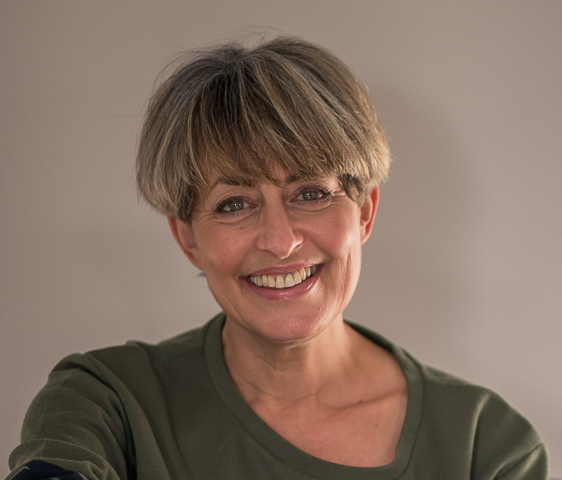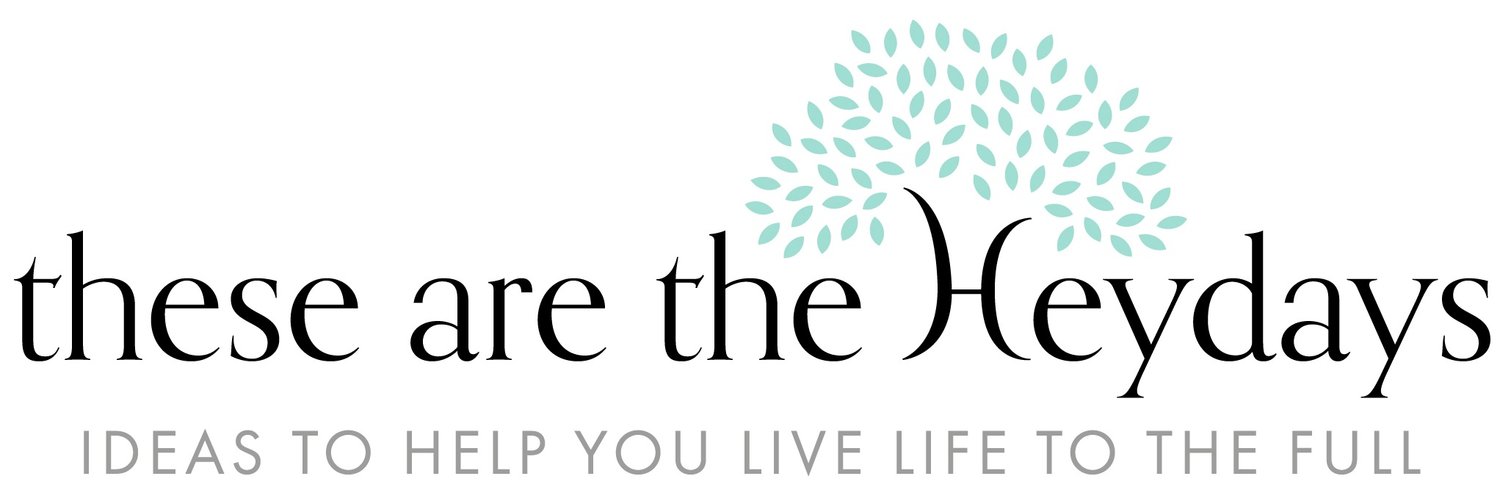What does older age look like any more?
One of the first posts I wrote when I launched Heydays was about Isabella Rossellini who had been unceremoniously dumped by cosmetic giant Lancome as the face of their brand when she was 42 because she was too old (that’s obviously not what they actually said) and then rehired when she was 65, having realised that seeing an older woman in their imagery might actually persuade other older women to buy their products. Who knew? (You can read the blog HERE should you be so inclined)
Nearly seven (seven!) years on, I’m returning to Isabella, because seeing her looking so luminously beautiful at last weekend’s BAFTA Awards (and beaming with delight at the success of Conclave in which she lights up the screen in her small but significant part), her gorgeous face seemingly untouched by the surgeons knife or filler needles - if she has had work done, it’s impressively subtle - made me ponder, yet again, just exactly what having a face that shows our age looks like these days.
Isabella Rossellini at the BAFTA Film Awards 2025
I will never be anything other than steadfastly supportive of any person who chooses to have any treatment that makes them feel better about themselves. And I fully appreciate that when you’re in the public eye, and have a job that involves being projected on huge cinema screens, your face is quite literally your fortune. As well as something that is scrutinised in a way that none of us who haven’t experienced that can ever understand.
As much as I’m mostly comfortably at peace with the way my ageing face is slowly but relentlessly sliding southwards (I wrote in THIS BLOG about the many reasons why I’m happy to look my age, not least because I’ve been lucky enough to reach it when too many people I know and love haven’t), I’ll still occasionally sit in front of the mirror and hoik up the increasingly saggy skin under what used to be my single, relatively defined, chin, and reflect on how much fresher my face looks that way. Or how much less tired my eyes look when I lift up some of the skin gathering in my upper lids. I have absolutely contemplated treat and tweak-ments over the years but never had the funds or the courage to submit myself to the knife or the needle.
The thing about the available intervention options is that they absolutely can be cleverly and effectively used to make a face look fresher, more rested. Perky, if you will. Where I struggle is when the effects leave the face in question looking somehow frozen. Unable to move in a way that allows its owner to fully express or communicate emotion. Like they’ve been caught in some sort of how-dare-you-age headlights and rendered immobile in their efforts to turn back the oncoming age juggernaut.
Here’s the big thing, though. The result isn’t a face that looks younger. Instead it’s one that appears to be weirdly and uncomfortably age-less - with uncommonly plumped cheeks, a slightly surprised tilt to the eyes, a shiny, oddly smooth forehead, pillowy lips and a chin so chiseled it’s hard to smile, never mind laugh.
And this isn’t something that’s confined to people in the business of show, it’s something you can increasingly see on any street. (And increasingly in younger women, but that’s another whole topic of conversation).
It’s not just what this ageing intervention is doing to our faces, but what the fall out of it does to our brains in the process that’s unsettling. I read recently that there have been studies done over the years that have shown that smoothing out age through surgery can, in some cases, actually prevent the the individual from feeling extremes of emotions, whether that’s intense joy, sadness or even anger, because the brain needs signalling from the muscles associated with those emotions.
There’s a reason our face has the lines and wrinkles it does as we age. It’s because for all those years we’ve been fortunate enough to be alive it has been the conduit for all the happiness, pain, love, worry, distress, determination, effort, pleasure, exasperation, surprise, fear, delight and fun we’ve experienced. Surely we should be able to wear the hallmarks of all those experiences with, if not fully embraced pride, at least acceptance and contentment? And not feel judged if we do.
Other posts you’ll enjoy





